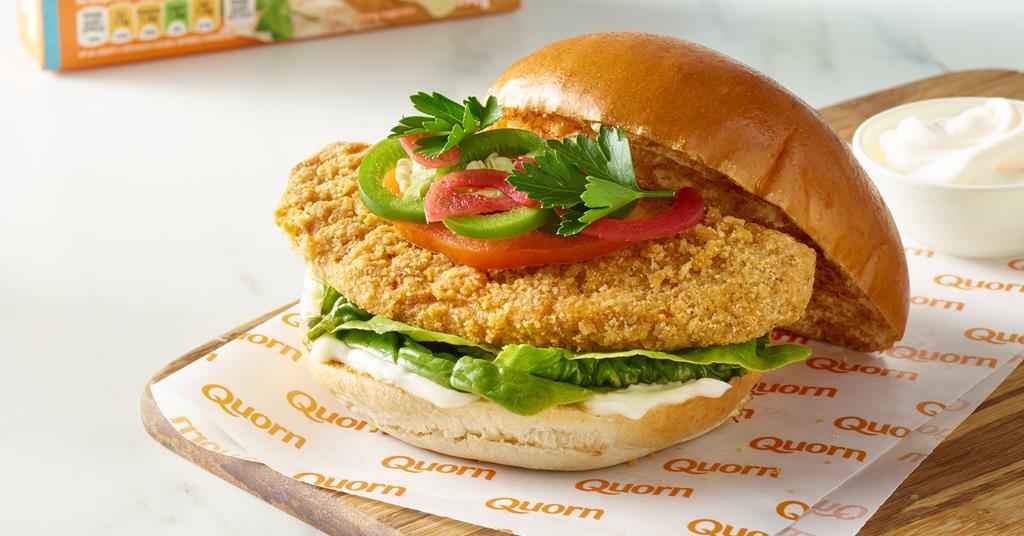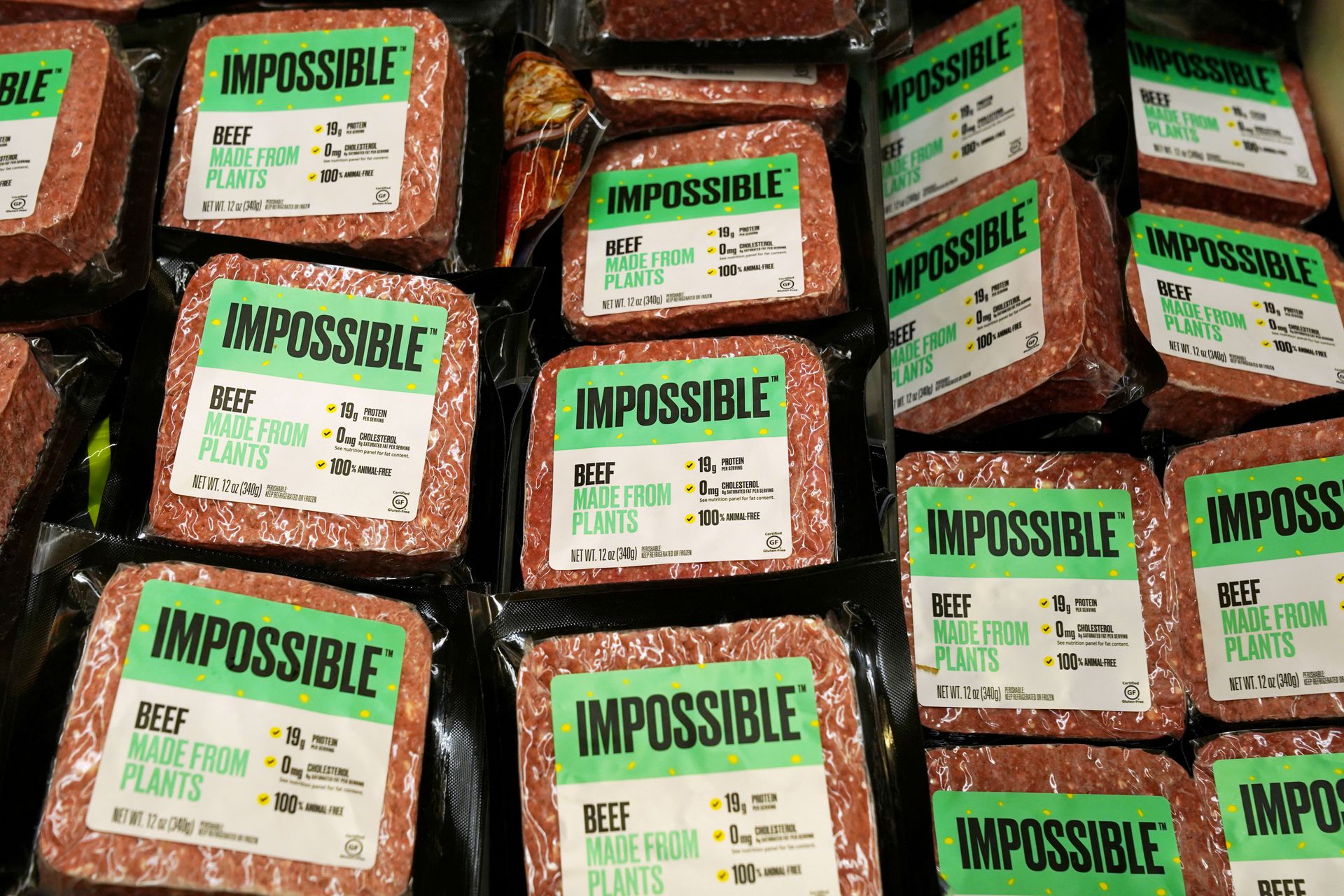For years, my ex-boyfriend mocked my vegan diet, calling it “beets and sawdust.” Turns out, he was onto something. NoA Biosciences has found a way to turn sawdust and wood residue into burgers.
NoA stands for “no animal.” The company is based in Durham, North Carolina, and was co-founded by French biotech entrepreneur Gilles Amsallem and Dutch executive Koen Wentink, who serves as CEO.
“In a nutshell, we convert woody biomass into a substrate on which mushrooms grow,” Wentink said. “That biomass can be anything: sawdust, wood residue left over from wood processing companies, or undergrowth in the forest.”
They graft the mushrooms onto the substrate, let them grow, then process their harvest into a fungi-based product that has a protein content similar to meat. The finished product can be eaten as burgers or in other ways a person would use meat, such as in pasta sauce or as a pizza topping.

The leftover substrate is full of nutrients. So animal lovers that they are, the folks at NoA feed it to insects. Or use it as a bio-fertilizer. It’s a genius plan. Biomass is cheap or sometimes free. The company is making food out of waste products without creating any additional waste. Nor do they have to cut any trees, since they use sawdust and other forest products that are leftovers from previously felled trees. Plus, the company avoids both supply chain issues and climate impacts.
“Companies that use chickpeas for their meat substitutes recently had lower yields owing to the drought,” said Wentink. Barring a sawdust shortage, NoA is safe.
Just between us, a sawdust burger doesn’t sound all that delicious to me. But Wentink is focusing on the mushroom, rather than the wood flavor.

“Culinary experts all agree that mushroom-based products generally taste delicious,” he said. Which still kind of evades the question of what this product tastes like. But we’ll give them the benefit of the doubt, as it sounds like such a cool, no-waste process.
However, don’t look for the new sawdust burgers yet. NoA is still raising its first round of funding. Wentink estimates that the product will be widely available in one to two years. And then he expects to power up quickly to meet a goal of selling a million tons within 10 years.
* Written by Teresa Bergen *










